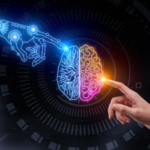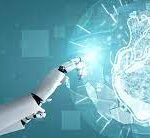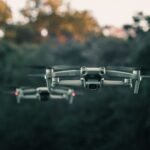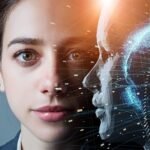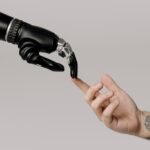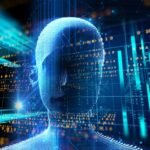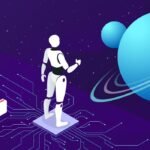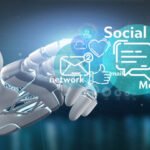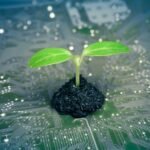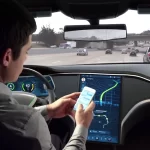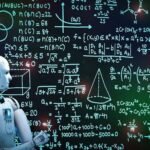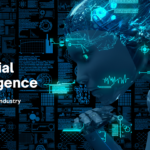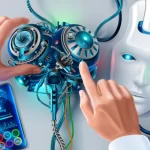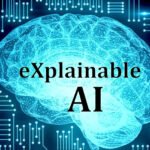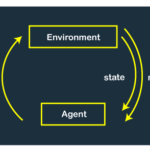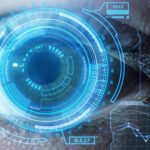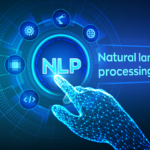AI vs Machine Learning
Artificial intelligence (AI) and machine learning (ML) are often used interchangeably, but they are not exactly the same thing. In a video by Jeff Crume, he elucidates the distinctions and connections between AI and ML, along with related subjects like deep learning (DL), as well as different types and characteristics associated with each.
While AI refers to the broader concept of machines or systems performing tasks that would typically require human intelligence, ML is a subset of AI. ML involves algorithms and statistical models that enable machines to learn from data, improve performance, and make predictions or decisions without being explicitly programmed for every task.
Deep learning, on the other hand, is a specific approach within ML that utilizes neural networks with multiple layers to process complex data and extract intricate patterns. It is inspired by the structure and function of the human brain.
Jeff Crume’s video provides a comprehensive explanation of the differences between AI and ML, as well as their relationship, while also delving into topics like deep learning and various types and properties associated with each concept. It offers valuable insights into understanding these distinct but interconnected areas of technology.







